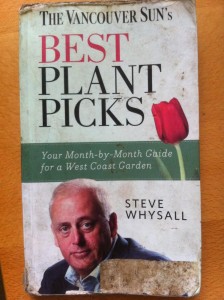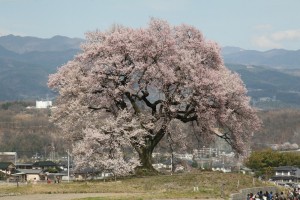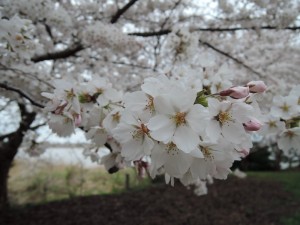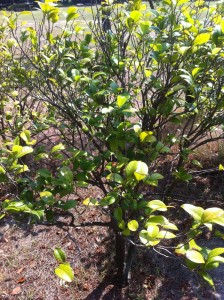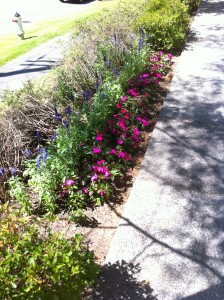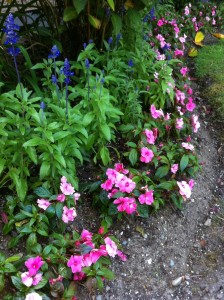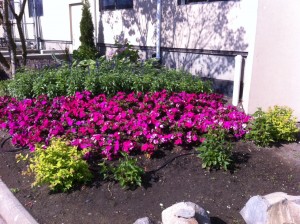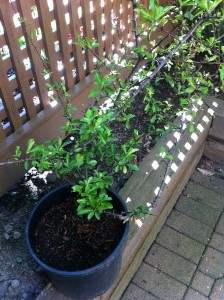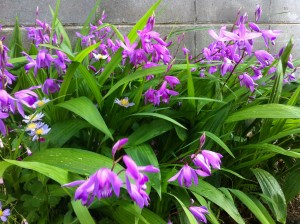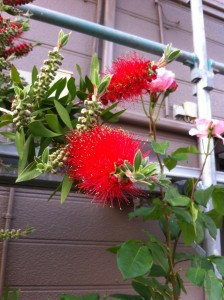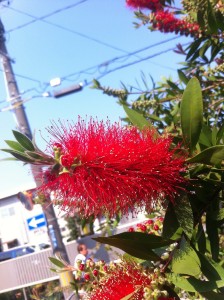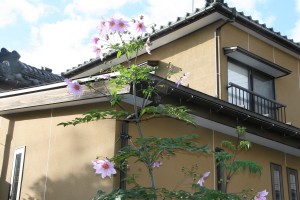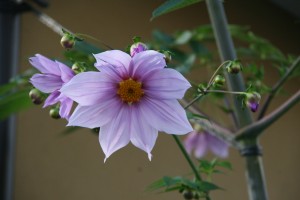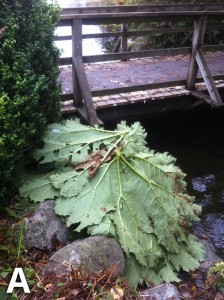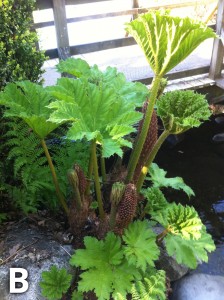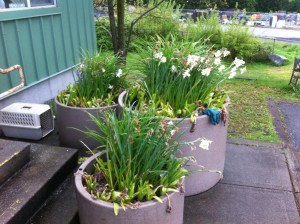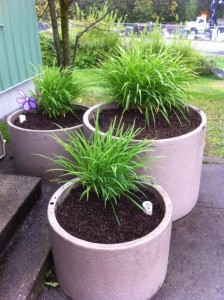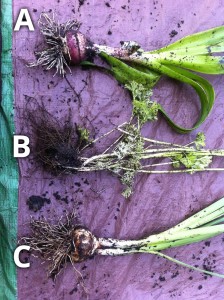Imagine my excitement last year when I discovered that my kids were having play-dates with Steve Whysall’s grandkids! Mr. Whysall has been writing about gardening for the Vancouver Sun since 1994. Look for his column on Fridays, usually on page C3. You are guaranteed to learn new things. I often rip out the section and file it.
Mr. Whysall has also published several books and organizes overseas garden tours. While the tours are attractive they are way over my family budget. I am, however, ready to plug what I consider to be his most useful book.
Best plant picks, slightly beat up and autographed, has served me really well. The book is a neat month by month guide for our West Coast gardens. I use it to practice plant identification and to review the list of garden tasks to be performed on a particular month. As the seasons pile up, I can run through the list of plants much quicker. Always learn about new plants and review them.
For more information visit www.stevewhysall.com. It is my humble opinion that the website could use an upgrade but it is still useful. If your family budget allows, please subscribe to the Vancouver Sun newspaper at www.vancouversun.com.



